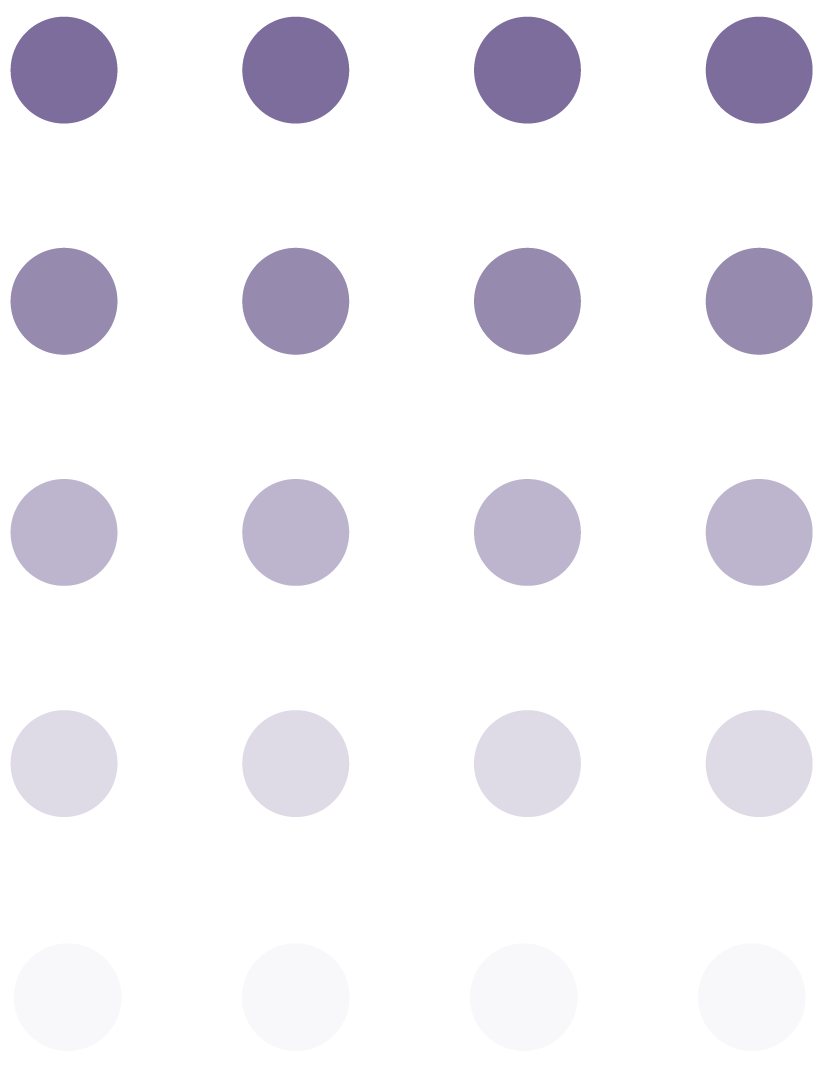Da Vinci Robotic Surgery

Introduction
Da Vinci Robotic Surgery is a minimally invasive surgical technique that uses a robotic system to assist surgeons in performing complex surgical procedures. It offers potential benefits over traditional open surgery, including smaller incisions, less blood loss, reduced pain and scarring, shorter hospital stays, and faster recovery times.
Causes
Da Vinci Robotic Surgery is used to treat a variety of medical conditions that require surgery, including prostate cancer, uterine fibroids, heart disease, and lung cancer, among others. The use of robotic surgery may be recommended based on factors such as the type and complexity of the surgery, the patient’s medical history, and the surgeon’s expertise and experience with the technique.
Symptoms
There are no specific symptoms associated with Da Vinci Robotic Surgery. However, patients may experience some pain, discomfort, or side effects after the procedure, such as fatigue, nausea, or soreness at the incision site. These symptoms should be discussed with a healthcare provider.
Diagnosis
The diagnosis of the need for Da Vinci Robotic Surgery is generally made based on the patient’s medical history and condition, as well as the recommendations of the healthcare provider. The decision to use this technique is often made after careful consideration of the potential benefits, risks, and alternatives of the procedure.
Treatment
The treatment for Da Vinci Robotic Surgery is the use of the robotic system to perform the surgical procedure. The surgeon controls the robotic arms with hand and foot pedals, using a computerized system that translates their movements into precise, real-time actions. The surgical instruments are designed to move in ways that are impossible for human hands, allowing for greater precision, flexibility, and dexterity during surgery.
Precautions
There are certain precautions to take when considering Da Vinci Robotic Surgery. Patients should discuss the benefits, risks, and alternatives of the procedure with their healthcare provider. They should also ensure that the surgeon performing the procedure is properly trained and experienced in using the robotic system. Patients should be aware of the potential risks and complications associated with the procedure, including bleeding, infection, or nerve damage, among others. They should follow all pre-operative and post-operative instructions provided by the healthcare provider to ensure a safe and successful surgery.

patient education
Learn more about ob/gym topics in our award winning patient education library.
Contact us
Phone:
305-931-7960
12550 Biscayne Blvd, Suite Ph 906
North Miami, Florida 33181
Email: [email protected]
